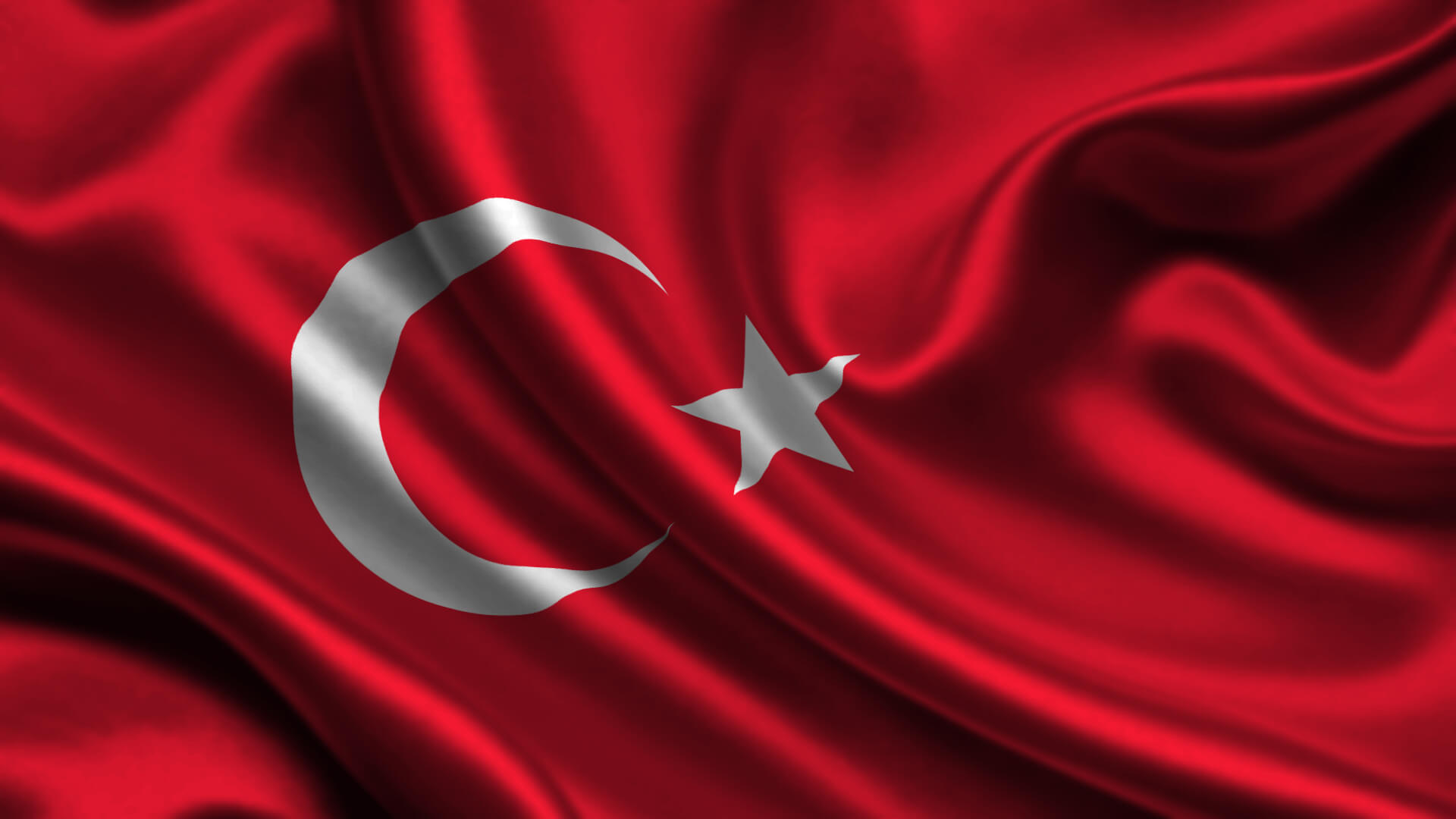Middle East
A comprehensive and complete travel guide to Iran
The Middle East is a geopolitical region encompassing the Arabian Peninsula, Syria, Turkey, Egypt, Iran, and Iraq. The term came into widespread usage as a replacement of the term Near East (as opposed to the Far East) beginning in the early 20th century. The term “Middle East” has led to some confusion over its changing definitions, and being seen as too Eurocentric. The region includes the vast majority of the territories included in the closely associated definition of West Asia, but without the South Caucasus, and additionally includes all of Egypt (not just the Sinai) and all of Turkey (not just the part barring East Thrace).
Most Middle Eastern countries (13 out of 18) are part of the Arab world. The most populous countries in the region are Egypt, Turkey, and Iran, while Saudi Arabia is the largest Middle Eastern country by area. The history of the Middle East dates back to ancient times, with the geopolitical importance of the region being recognized for millennia. Several major religions have their origins in the Middle East, including Judaism, Christianity, and Islam. Arabs constitute the main ethnic group in the region, followed by Turks, Persians, Kurds, Azeris, Copts, Jews, Assyrians, Iraqi Turkmen, Yazidis, and Greek Cypriots.
The Middle East generally has a hot, arid climate, especially in the Arabian and Egyptian regions. Several major rivers provide irrigation to support agriculture in limited areas here, such as the Nile Delta in Egypt, the Tigris and Euphrates watersheds of Mesopotamia, and the basin of the Jordan River that spans most of the Levant. These regions are collectively known as the Fertile Crescent, and comprise the core of what historians had long referred to as the cradle of civilization (a label now applied to multiple regions of the world). Conversely, the Levantine coast and most of Turkey have relatively temperate climates typical of the Mediterranean, with dry summers and cool, wet winters. Most of the countries that border the Persian Gulf have vast reserves of petroleum, with monarchs of the Arabian Peninsula in particular benefiting economically from petroleum exports. Because of the arid climate and heavy reliance on the fossil fuel industry, the Middle East is both a heavy contributor to climate change and a region expected to be severely negatively impacted by it.
Other concepts of the region exist including the broader Middle East and North Africa (MENA), which includes states of the Maghreb and the Sudan, or the “Greater Middle East” which additionally also includes parts of East Africa, Mauritania, Afghanistan, Pakistan, and sometimes the South Caucasus and Central Asia.



Recent Comments